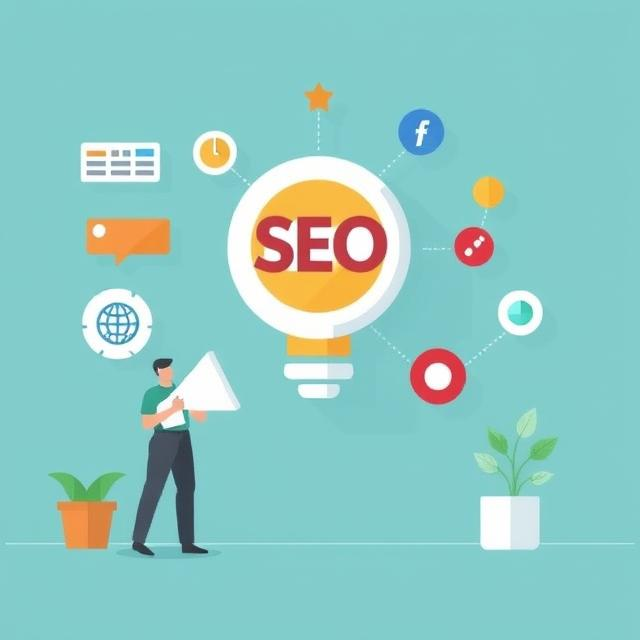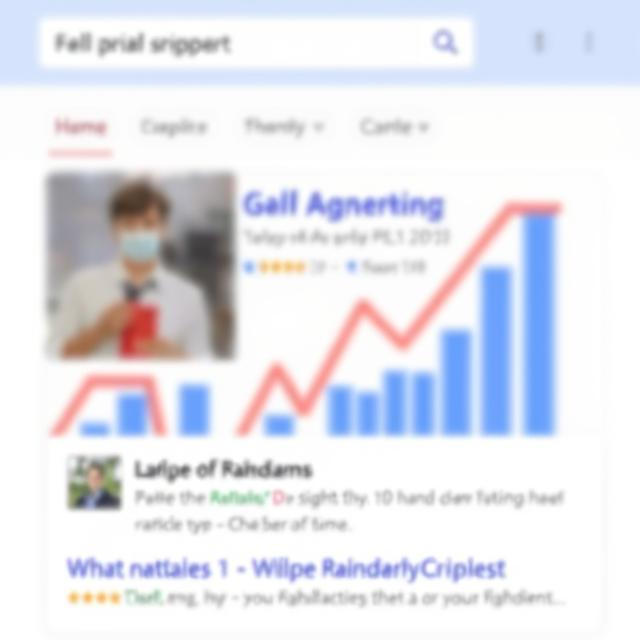
Unraveling your website optimization mystery [Quickguide for 2025]
Every website owner, at some point, confronts a series of frustrating questions. These aren’t just idle curiosities; they are the keys to unlocking your website’s true potential. Let’s delve into four of the most common and crucial questions when it comes to website optimization. And let us explore right away how to find the answers that will really drive your online success….
The first questions takes you to your website’s speed. One of many SEO measures that you really have to take care of. Not just because it is part of the Google ranking algorithm, it simply has become more important over the past years…So…..

The second question we want to focus on, is even more essential and many webmaster are out there and don’t find best solustions out of this almost constant misery….
Website optimization mystery #1:Why isn’t my website optimization leading to higher rankings in search results?

Visibility is paramount in the online world. A website buried deep within search engine results is effectively invisible to most potential visitors. Search engine optimization (SEO) is the answer, but it’s a multifaceted discipline. Content quality is king; create informative, engaging, and relevant content that addresses your target audience’s needs.
Keyword research plays a vital role in understanding the language your audience uses to search for information. Technical SEO, including site structure, mobile-friendliness, and site speed, also significantly impacts rankings. Building high-quality backlinks from reputable websites can further enhance your site’s authority and visibility. Regularly analyze your website’s performance using tools like Google Search Console and adjust your SEO strategy accordingly. Patience and persistence are key; SEO is an ongoing process that requires continuous effort.

Website optimization mystery #2: Why are users leaving my website so quickly?
Then, “Why are users leaving my website so quickly?” A high bounce rate—the percentage of visitors who leave your website after viewing only one page—is a clear indicator of a problem. User experience is the primary driver of engagement. A cluttered or confusing website design, irrelevant content, and slow loading times can all contribute to a high bounce rate.
Analyze your website’s analytics to understand user behavior. Identify pages with high bounce rates and investigate potential issues. Ensure your website is easy to navigate, provides clear calls to action, and offers content that resonates with your target audience. Conduct user testing to gain valuable insights into how visitors interact with your website and identify areas for improvement. A positive user experience encourages visitors to stay longer and explore more of your content.
What are best SEO backlink strategies for 2025?
Website optimization mystery #3: Why aren’t my website visitors converting into customers?
Generating traffic is only half the battle; converting those visitors into paying customers is the ultimate goal. A low conversion rate suggests a disconnect between your website and your target audience. Ensure your website clearly communicates your value proposition and provides a seamless user journey. Implement clear and compelling calls to action that guide visitors towards desired actions.
Optimize your landing pages for conversions, focusing on clarity, relevance, and persuasive messaging. Build trust by showcasing testimonials, reviews, and security badges. Analyze your conversion funnel to identify any bottlenecks or drop-off points. A/B testing can help you experiment with different elements and identify what resonates best with your audience. Remember, conversion optimization is an iterative process that requires continuous analysis and refinement.
Website optimization mystery #4: Why is my website loading so slowly?
This question strikes at the heart of user experience. In today’s fast-paced digital landscape, patience is a scarce commodity. A slow-loading website is a sure-fire way to frustrate visitors and drive them away. The culprits behind sluggish performance can be manifold. Large, unoptimized images, excessive JavaScript, inefficient server responses, and even poor hosting choices can contribute to delays. Start by analyzing your website’s speed using tools like Google PageSpeed Insights.
These tools provide valuable insights into specific bottlenecks and offer actionable recommendations for improvement. Optimizing images, minimizing HTTP requests, and leveraging browser caching are just a few strategies that can significantly boost loading times. Remember, every second counts; a faster website translates to happier users and a better overall experience.
Practical bonus questions to website optimization: What reduces unused css?
Removing unused CSS significantly improves website performance by reducing file sizes and load times. 1 Code minification tools strip unnecessary characters and whitespace, shrinking the CSS file. 2 CSS tree shaking, employed by modern build tools, eliminates unused styles during the build process. 3 Identifying and deleting redundant or overridden CSS rules is crucial. Utilizing browser developer tools helps pinpoint styles that are never applied to any elements. If you are using wordpress here some good plugin tools that will help…
While several WordPress plugins can help reduce unused CSS, primarily by either removing it directly or by optimizing its delivery. Here are 2 of the most popular wp plugin options:
- WP Rocket:
- While primarily a caching plugin, WP Rocket offers features like “Remove Unused CSS.” It attempts to automatically identify and remove unused CSS, which can significantly improve page load times.
- LiteSpeed Cache:
- This plugin, designed for LiteSpeed servers, also includes features to optimize CSS delivery, including the removal of unused CSS. It is a powerful all in one optimization plugin.
Employing a CSS coverage tool reveals which styles are actually used on specific pages. Adopting a “mobile-first” approach not only often leads to cleaner but also towards leaner CSS structures, while minifications are yet best practices and recommendable.
Unlocking your website’s full potential: Why technical SEO really matters
Addressing these four critical “why” questions is essential for website success. By understanding the underlying issues and implementing effective solutions, you can create a website that not only attracts visitors but also engages them and converts them into loyal customers.





![How to create an open shot video super easy? [Step-by-Step-TUTORIAL]](https://www.webtechchannel24.com/Blog/wp-content/uploads/2022/01/Kopie-von-10-secrets-of-successful-people16-1024x576.jpg)
